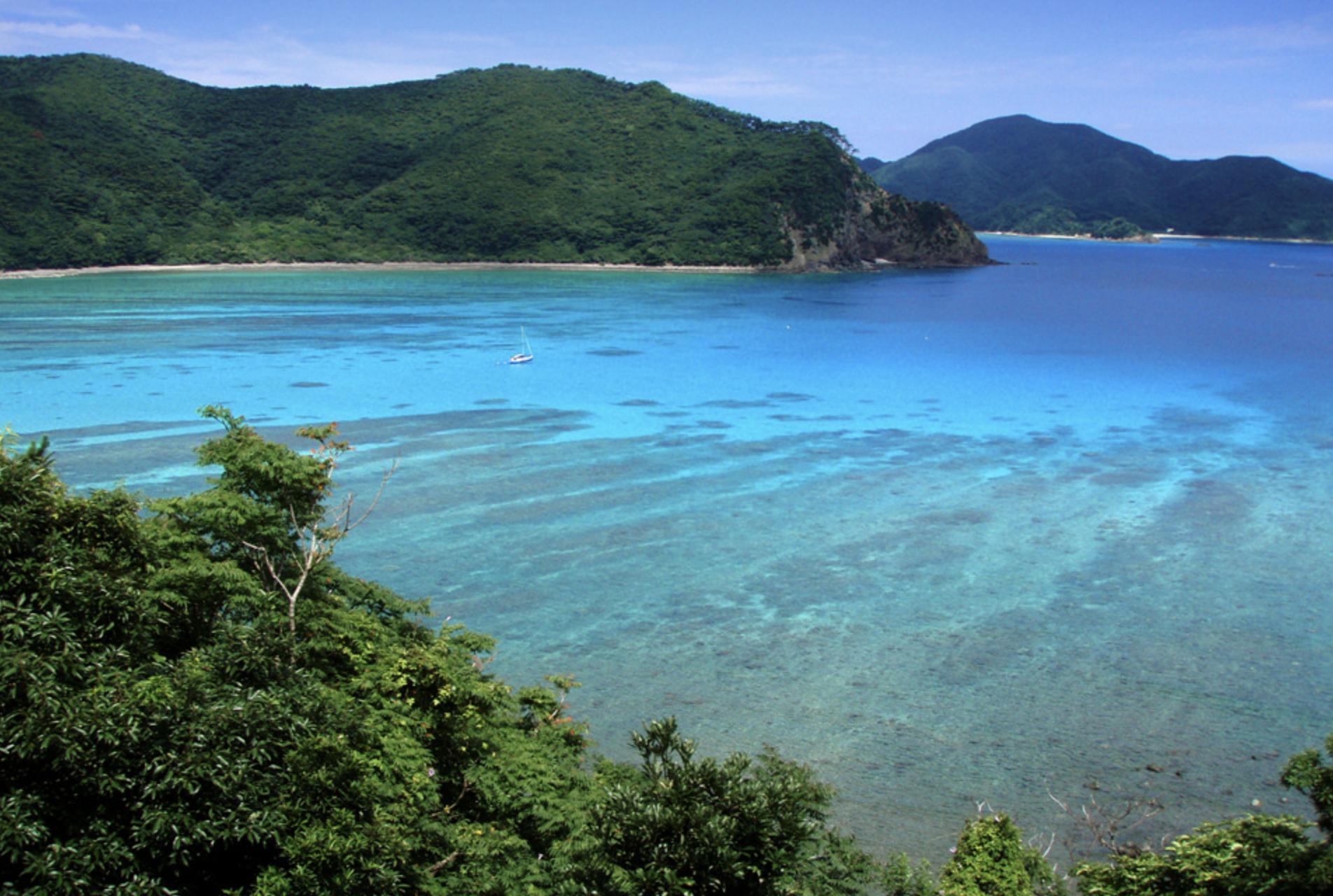A conservation calamity on Amami Oshima island
Back in 1979, several so-called Amami rabbits (Pentalagus furnessi) were discovered on the Japanese island of Amami Oshima, located in Kagoshima Prefecture.
This species, which was native to the area, was considered to be, if not extinct, then on the verge of extinction, due to the loss of its habitat and over-zealous hunters.
Photo: Unsplash - Gary Bendig
The Amami was considered essential to the island's ecosystem, along with a number of other species unique to the area, so measures were quickly introduced to conserve it.
Photo: Unsplash - Dave Solce
These measures focused on controlling and even eradicating the island's snakes which preyed on the Amami.
To control the snakes, the Japanese environmental authorities brought 30 mongooses to the island. These would get rid of the snakes and, in particular, the habu snake, the greatest threat to the Amami rabbits.
Photo: Unsplash - Vikas Shankarathota
This would allow the rabbits to multiply, and the island would be free of snakes and safer for everyone. Perfect, right? But bringing the mongooses was a catastrophic mistake.
Photo: Unsplash - Julie Marsh
It turned out that the mongoose was not the right animal to kill the snakes after all since the mongoose is a diurnal animal and was asleep at night when the habu snakes attacked.
To make matters worse, the mongooses began to hunt other native species during the day, including those that had lived in peace on the island up to that point. Between the mongooses and the snakes, Amami Oshima Island's local fauna was devastated.
The problem got worse with time as the mongooses multiplied and became a greater pest than the snakes themselves. From the initial 30 mongooses, there were 10,000 mongooses by 2000, according to the Japan Times.
To control the mongoose problem, the Japanese authorities set traps and placed cameras to track the mongooses. They even created the 'Amami Mongoose Busters' – local residents who became mongoose hunters. Altogether, 32,000 mongooses were captured.
The task of eradicating mongooses, which began in 1993, went on 2018, when the last mongoose on Amami Oshima Island was captured.
However, it took until 2024 for the Japanese authorities to declare the island free of non-native mongooses.
The Japanese Ministry of the Environment itself was responsible for making the announcement, omitting to say that the entire saga went on for 45 years.
Photo: Wikipedia - Tsuyoshi Iwamoto
More for you
Top Stories


























